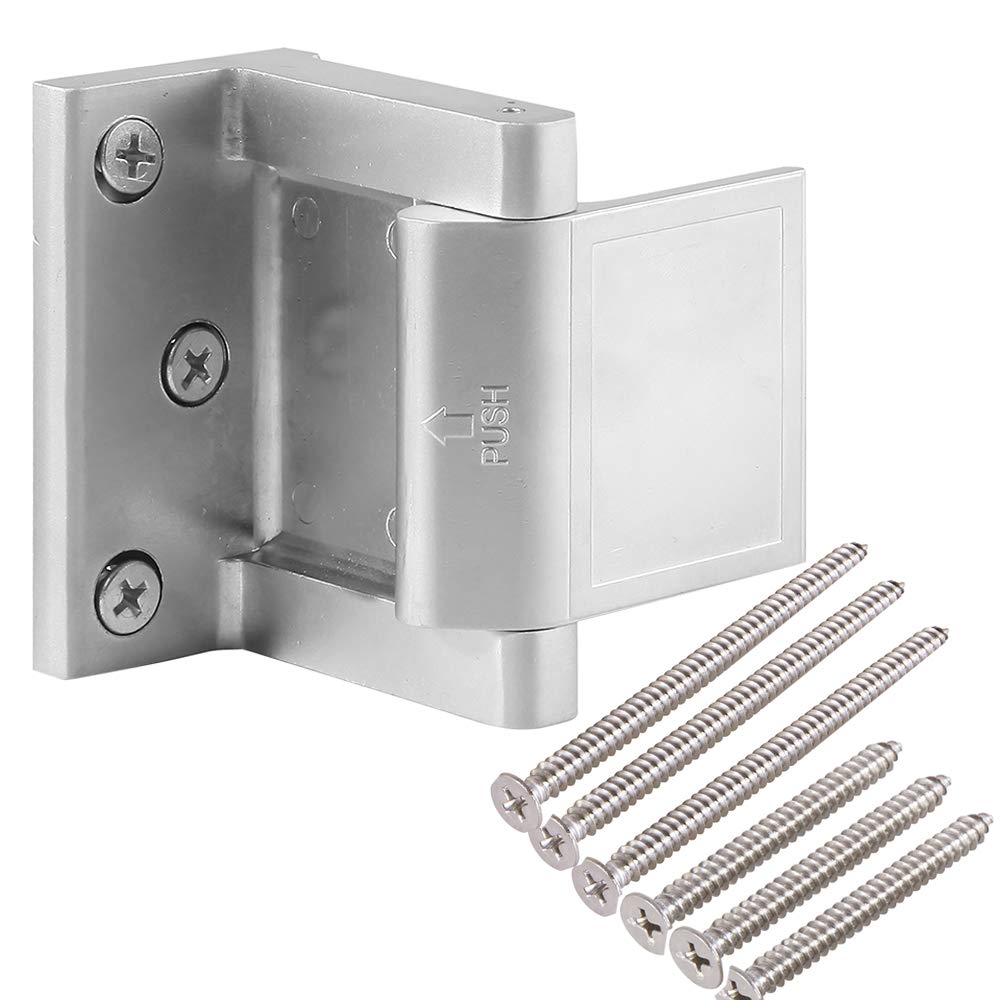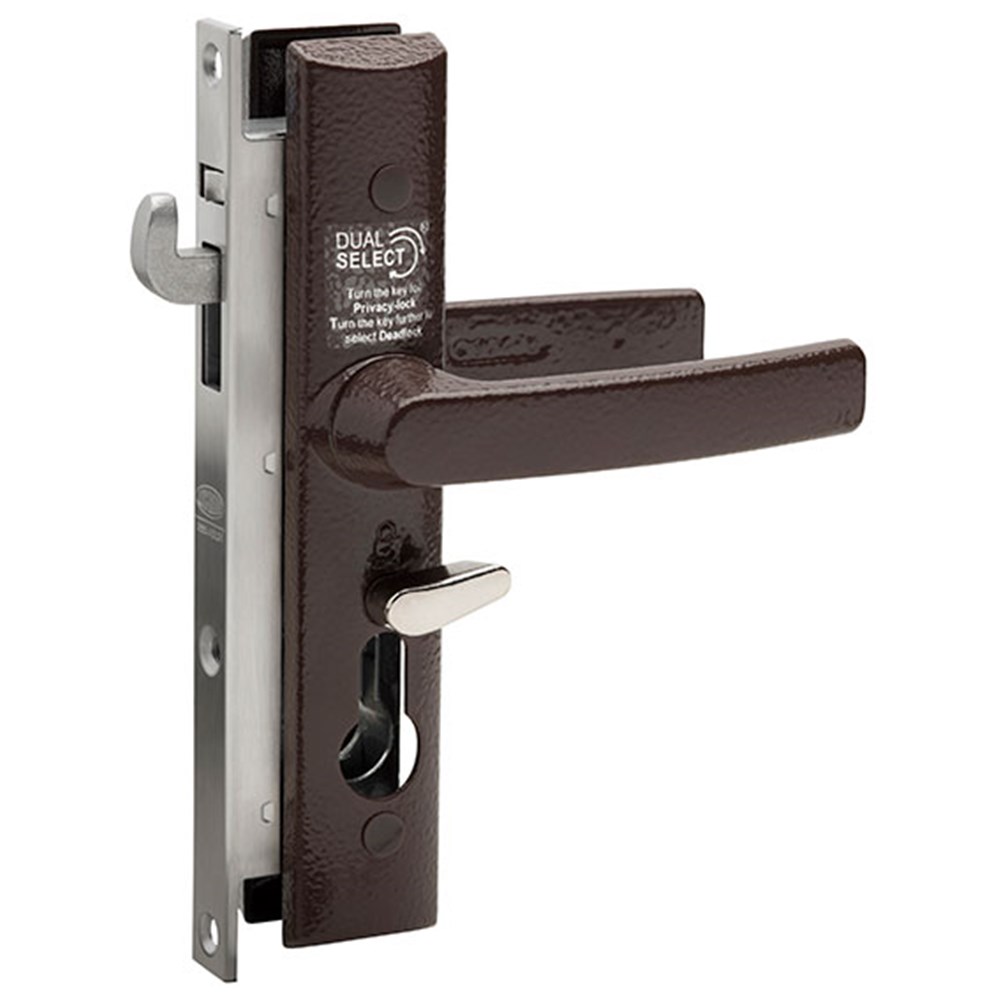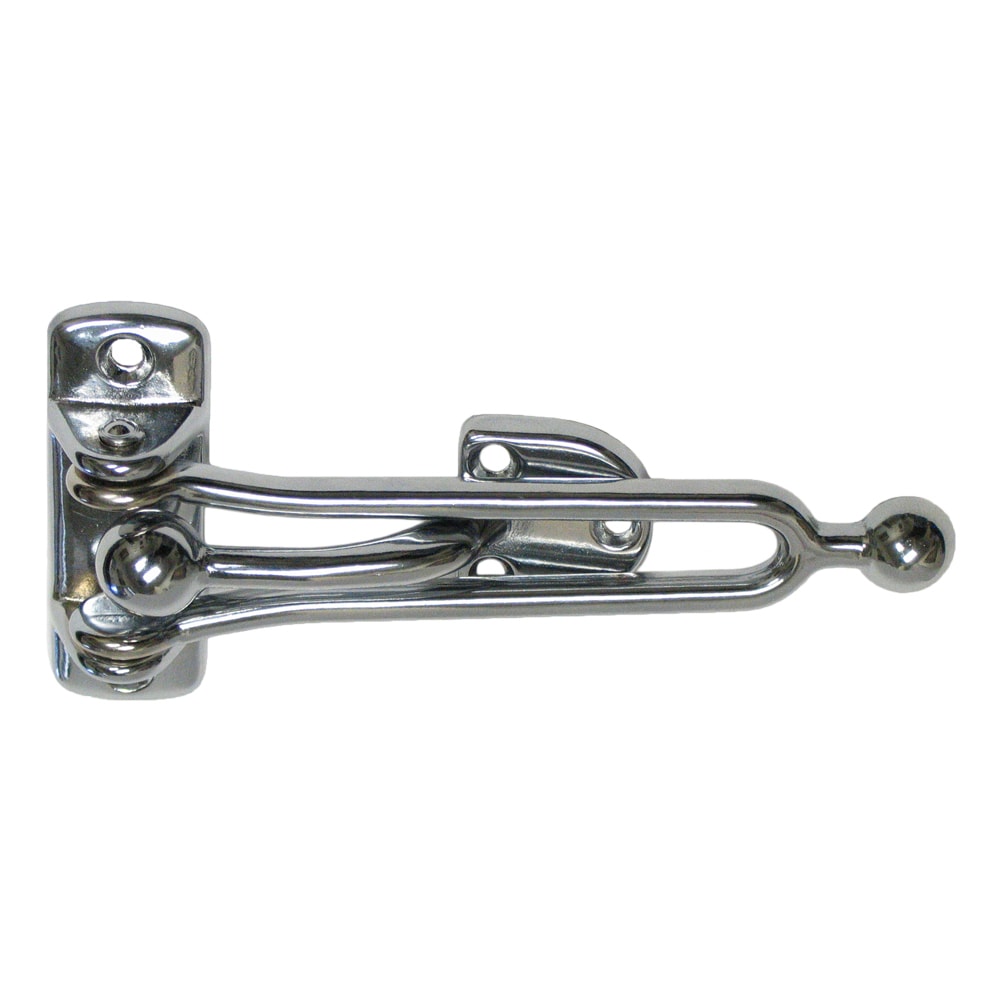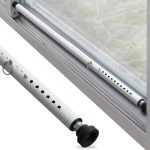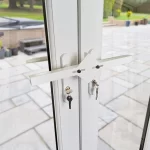Evolution of Door Latches: A Historical Perspective
The security door latch has been a pivotal element in home safety for centuries. From simple wooden bars to complex lock mechanisms, its evolution reflects changes in technology, materials, and societal needs for protection. Initially, door latches were rudimentary, designed to provide basic barriers against intrusion. Over time, iron and brass became preferred materials, offering strength and durability.
The introduction of the lock and key was a significant milestone, allowing for more controlled access. The Industrial Revolution brought mass production of locks, making security more accessible to the general public. In the 20th century, the deadbolt became a standard for residential doors, touted for its simplicity and efficiency. But with advancements in digital technologies, the 21st century saw the advent of smart lock technology. These innovative solutions offered not just physical security but also convenience and connectivity with other devices.
As one delves into the history of door latches, it’s clear that the journey from mechanical to electronic systems mirrors broader technological trends. Security has always been a human priority, and the security door latch has consistently adapted to meet this enduring need. As we look to the future, it beckons further innovation and integration into the fabric of our digitally connected lives. The past informs the potential of security door latches to not only evolve but also revolutionize the way we perceive and attain security in our homes.
Advancements in Smart Lock Technology
As technology races forward, smart lock technology marks a remarkable leap in security door latch evolution. Today, users can unlock doors with smartphones, voice commands, or even remotely over the internet. This connectivity offers unprecedented convenience and control over home security. Here are key advancements in smart lock technology that stand out in 2025:
- Mobile Integration: Almost all smart locks now sync with mobile apps. This lets users lock and unlock doors with a simple tap on their phone screen. The feature often includes custom access settings for visitors.
- Voice Control Compatibility: Voice-activated systems have improved vastly. Many security door latches now work seamlessly with voice assistants like Alexa or Google Home. Saying a command is all it takes to secure your door.
- Geofencing: With geofencing, your smart lock can detect when you are near and unlock the door without any action needed from you. It can also lock the door as you leave, ensuring you never forget to secure your home.
- Biometric Access: Fingerprints and facial recognition features are more sophisticated. They offer a personalized security layer that’s extremely hard to breach.
- Temporary Access Codes: Homeowners can create temporary access codes for guests. This is perfect for service providers or temporary tenants, making key exchanges a thing of the past.
- Audit Trails: Smart locks can keep records of who comes and goes. You get a log of entries and exits, providing an added layer of accountability and peace of mind.
These advancements show how smart lock technology has become a core feature of the modern security door latch. It’s redefining convenience and security in the digital era, blending traditional mechanisms with cutting-edge technology.
The Role of Biometrics in Door Security
The security door latch has embraced biometrics, markedly enhancing protection. Fingerprint and facial recognition are leading the charge. Here’s how they impact door security:
- Personalized Access: Biometrics ensure that only registered individuals can unlock the door. This feature makes unauthorized entry incredibly difficult.
- High Accuracy: Modern biometric systems boast impressive accuracy rates. They reduce the risk of false rejections and unauthorized access.
- Easy Operation: There’s no need for keys or codes. A quick scan of a fingerprint or a glance at a camera is all it takes.
- Enhanced Safety Features: In emergencies, biometric latches can be programmed to allow quick egress while restricting entry. This dual functionality adds to safety.
- Integration with Security Systems: Biometric latches often work with broader home security systems. This creates a coordinated defense against intrusions.
- Visitor Management: Granting temporary biometric access to guests is now more streamlined. It’s secure and convenient for both the homeowner and visitor.
Biometrics bring a new level of security to the humble door latch. They offer personalization, convenience, and integration in ways traditional locks never could. With security as a top concern, biometrics in door latches give homeowners peace of mind in an increasingly digital world.
Enhancing Security with Improved Materials and Design
The security door latch industry continues to innovate with a focus on materials and design. Building on the advancements of smart lock technology, engineers and designers are pushing the envelope to create latches that are not only smarter but also stronger and more reliable. Here are the latest developments:
- Stronger Alloys: The use of advanced metal alloys makes latches more resistant to force. These materials can withstand high impact and resist cutting or drilling.
- Complex Lock Mechanisms: New design intricacies in lock mechanisms offer more protection. They are harder to pick or break, raising the bar for intruders.
- Slim Profiles with Robust Structures: Modern latches boast slim designs that blend with any door’s aesthetics. They still maintain strong structural integrity.
- Corrosion Resistance: Latches now come with improved coatings that prevent rust or corrosion. This ensures longevity and consistent performance over time.
- Tamper Alerts: Many designs integrate sensors that alert homeowners if the latch is being tampered with. This adds a proactive layer to home security.
Improvements in materials and design not only enhance the physical security of a latch but also its lifespan and aesthetic appeal. As security door latches become more advanced, they fit seamlessly into the modern home environment while offering top-notch protection.
Integration with Home Automation Systems
Integration of security door latches with home automation systems marks a pivotal step in smart home evolution. Homeowners can now enjoy synchronized security and convenience. Below are key integrations that make this possible:
- Centralized Control: Door latches link to home automation hubs. Users manage security from one device.
- Automated Routines: Set your door to lock or unlock at specific times. It blends seamlessly into daily routines.
- Remote Monitoring: Check your door’s status from any location. You can ensure your home’s security remotely.
- Smart Alerts: Receive notifications for every use of your door latch. This keeps you informed on security matters.
- Energy Efficiency: Integrated systems can reduce power usage. This makes for a smarter and greener home.
- Scalability: Easy to add more devices or upgrade existing ones. Home security can grow with your needs.
Connecting security door latches with broader home automation offers unmatched practicality. It gives homeowners the power to tailor security as they see fit, using smart, user-friendly interfaces.
IoT and Security: The New Frontier for Door Latches
The Internet of Things (IoT) is changing how we secure our homes. By integrating security door latches with IoT, doors become smarter and security gets tighter. Here’s the role IoT plays in revolutionizing door security:
- Enhanced Connectivity: IoT-enabled door latches connect to other smart devices in the home. This connectivity makes it easy to control and monitor door locks from anywhere.
- Real-Time Alerts: Receive instant notifications on your smartphone if your door unlocks or if there’s a security breach. You’re always in the know, no matter where you are.
- Custom Automation: Set custom rules for when doors should lock or unlock. You can tailor your security to your daily schedule for added convenience.
- User Behavior Insights: IoT latches can learn your habits and adjust settings accordingly. They offer smarter security that’s responsive to your routine.
- Remote Troubleshooting: If there’s an issue with your latch, technicians can often diagnose and fix problems remotely. This saves time and hassle for homeowners.
IoT is the frontier that’s setting new standards for security door latch functionality and convenience. It brings a level of intelligent control that was once just a dream.
Trends in Consumer Preferences for Door Security
As we navigate through the advancements in smart home technology, consumer preferences for door security have taken a pivotal shift, embracing the seamless integration and sophisticated features of modern security door latches. The current trends reflect a dynamic change in what homeowners seek from their security systems. Here’s what’s trending in 2025:
- Ease of Use: Homeowners prefer devices that are easy to operate. Simplicity in locking and unlocking doors is key.
- High-Tech Features: An increased demand for latches with biometrics and connectivity options like IoT shows the consumer’s tilt towards cutting-edge technology.
- Aesthetics: Consumers want security door latches that not only provide safety but also blend well with home decor.
- Customizable Access: Flexibility to grant and revoke access rights is much appreciated, especially with features like temporary access codes.
- Security Alerts: Immediate notification of any tampering or unauthorized access attempts is a top priority.
- Sustainability: Eco-friendly designs that consume less power without compromising on security are in demand.
These preferences demonstrate a clear consumer desire for security door latches that offer convenience, personalization, and smart integration, reflecting a deeper understanding and appreciation for advanced home security measures.
The Impact of Industry Regulations on Latch Design and Function
The security door latch industry is highly regulated to ensure consumer safety. Regulation impacts latch design and function in several key ways:
- Safety Standards: Regulators set safety benchmarks. Latches must meet these to be market-ready.
- Accessibility Rules: Latches should be usable by everyone, including those with disabilities.
- Quality Control: Regular tests check that latches stand up to use and abuse over time.
- Innovation Encouragement: Some regulations push for new, safer latch designs.
- Material Restrictions: Certain materials may be banned for environmental or health reasons.
These regulatory frameworks ensure that security door latches are not only effective but also safe and accessible. They make sure the products lining our shelves are up to the tasks we require of them.
